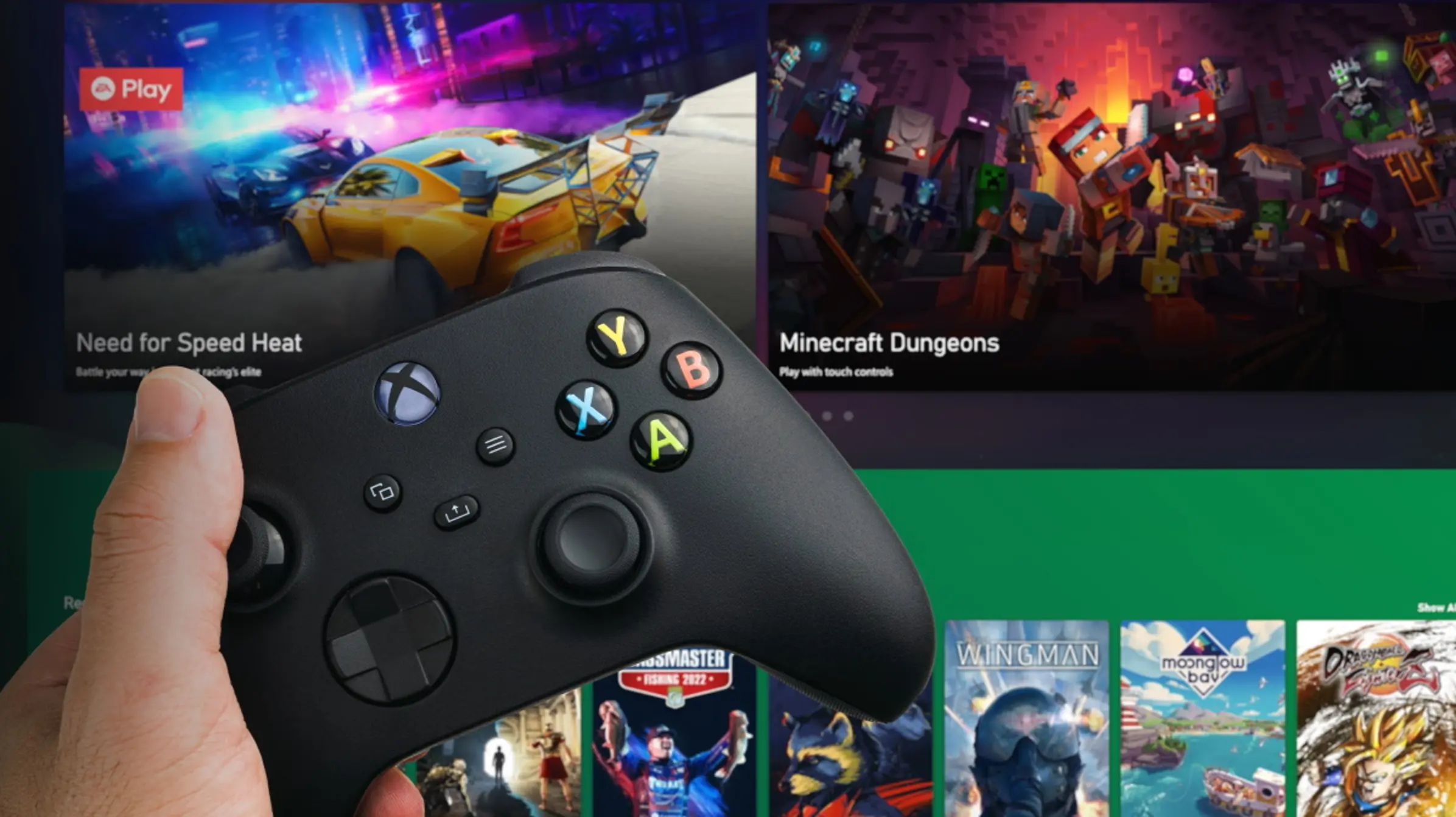Cloud gaming technology has a promising future in the industry. It will enable democratization of gaming and expand gamers’ choices.
Additionally, it enables users to play games on low-end devices, which helps save costs and provide a superior gaming experience for them.
Estimates suggest the global cloud gaming market will expand at a compound annual growth rate (CAGR) of 66% during 2023, reaching a value of $450 million by then.
Game Streaming
Game streaming is a form of gaming technology where games are streamed to computers, consoles or mobile devices. It’s similar to remote desktop or video-on-demand services but much more flexible.
This technology works by connecting a user’s computer, console or mobile device to a server in a data centre. The games are then streamed directly onto the device which runs client software that handles all player inputs and executes those actions within-game.
Game streaming can have its drawbacks; latency can be an issue, particularly for action-oriented titles. Furthermore, if your internet connection is slow enough, playing at high resolutions may be difficult.
Game Delivery
Game delivery is the technology that enables gamers to access games from any device with a screen, rather than downloading them onto console or PC. Cloud gaming services reside in data centers and deliver them to players through global content delivery networks.
For a game to run smoothly, data must be sent back and forth across the network as players input actions on their screens. This can introduce as much as several milliseconds of latency into gameplay, leading to delays between button presses and actual actions being executed on-screen.
Many games, particularly large-budget immersive titles, require high-resolution graphics which must be rendered on a high-definition monitor or television before sending them back to the player. It also poses an issue for persistent online multiplayer worlds that support millions of players simultaneously.
Game Availability
Game accessibility refers to the freedom to play your favorite games on any device – be it your smartphone, tablet, computer or smart TV. Cloud gaming makes game playing effortless and convenient.
Xbox’s Cloud Gaming service is designed to offer a selection of titles without the need to install them on your console. It’s accessible to anyone with an Xbox One or Series X/S console, as well as PCs and mobile devices.
The service relies on the internet to stream video, so a fast, stable connection with low latency is necessary. Latency can impact gameplay by making it harder to shoot an approaching enemy or drive around oncoming traffic. This is essential since latency can negatively impact performance during gameplay.
Game Optimization
Game optimization in gaming technology refers to the process of fine-tuning settings so games run optimally on various hardware configurations. This maximizes your gaming rig’s potential by reducing lag and improving overall performance.
Optimizing a video game requires developers to identify the slowest point in its code and find ways to reduce execution time. Performance profilers can identify where this bottleneck lies, so developers can focus their efforts there.
Ideally, a well optimized game should provide an uninterrupted visual experience across all hardware configurations. This includes support for different graphics presets as well as various visual quality considerations like input latency.
Game Accessibility
Video game accessibility is the practice of designing games so they can be enjoyed by all gamers, regardless of ability. It’s an intricate field encompassing software and assistive hardware components; however, major developers are beginning to see results from their efforts.
Disabilities can have a major impact on how someone plays video games, including visual differences, cognitive and language impairments, mobility disorders, and injuries. All of these can have an enormous effect on how someone engages with video games – leading to frustration and diminished enjoyment.
Developers can implement features such as audio narration, high contrast mode, screen magnification and various game speeds to make video games more accessible. They could also include support for assistive devices like screen readers or custom controllers to further increase accessibility.


